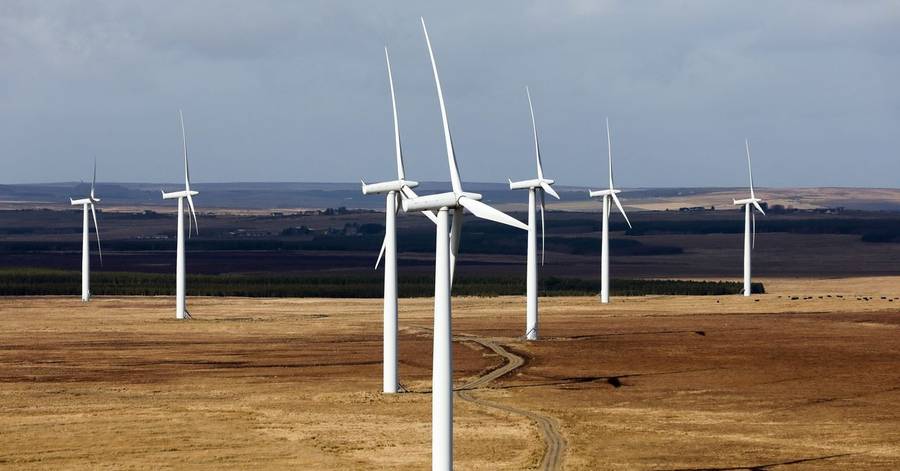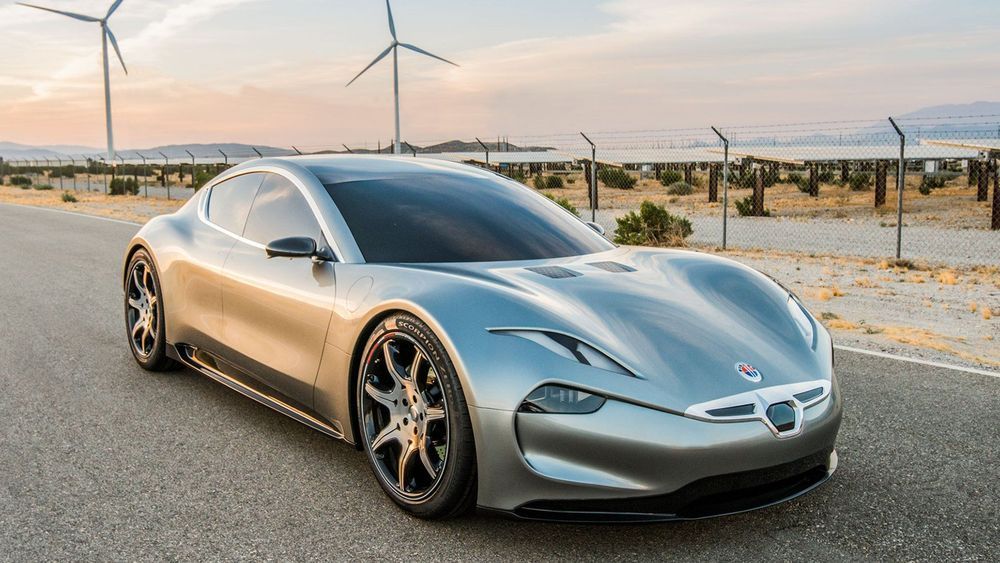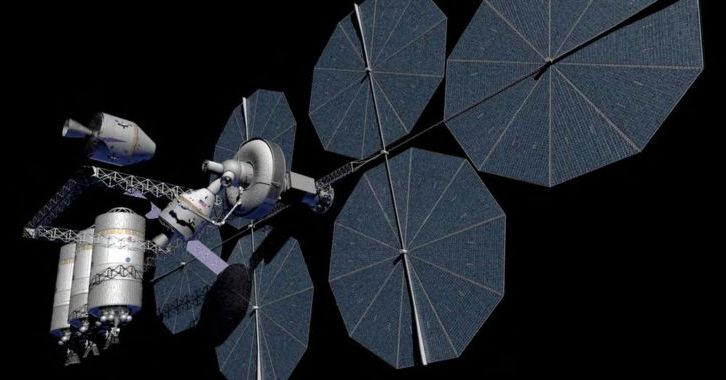Aug 14, 2019
(Nearly) Unlimited Water
Posted by Quinn Sena in categories: singularity, solar power, sustainability
This is Part Three of a five-part series by Ramez Naam, Singularity University Adjunct Faculty, exploring the power of innovation to boost our access to energy, food, water, raw materials, and human population. All are based on his new book, The Infinite Resource: The Power of Ideas on a Finite Planet
In Part One and Two of this series I showed that we have access to a huge amount of potentially available energy and food on the earth, both stemming from the tremendous input of solar energy to the planet. We have very serious energy and food challenges, which cannot be dismissed. But the challenges are not in the form of a hard limit – they’re in the form of a race between innovation and consumption. Victory in this race is certainly not guaranteed. But the most important variable – how quickly we innovate – is one we can affect through our policies. That’s a topic we’ll return to at the end of this series.



















